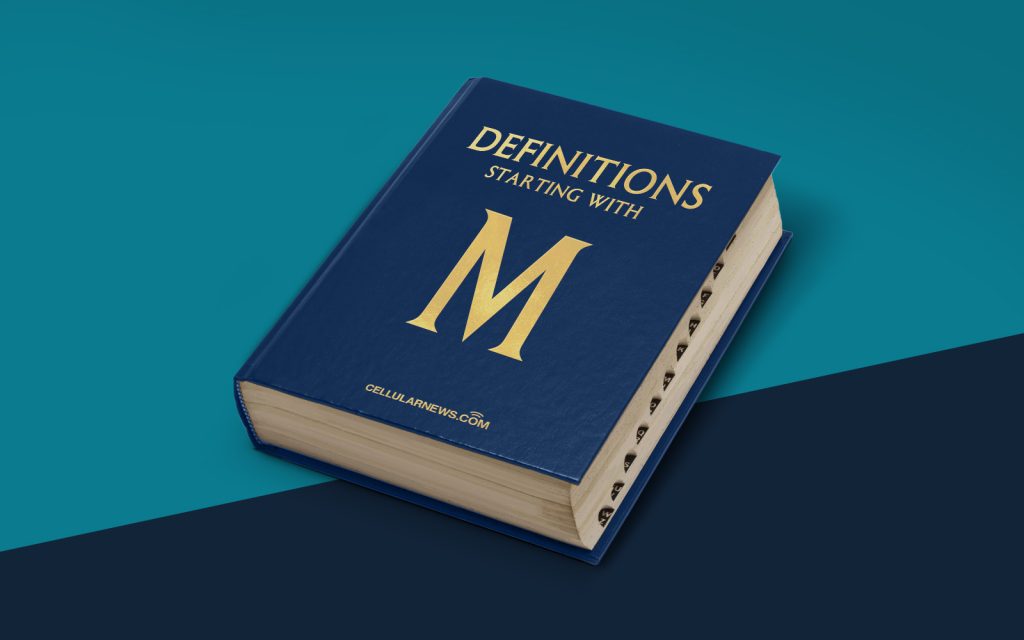
Unlocking the Mystery: Microsoft Windows Unveiled
Welcome to the fascinating world of Microsoft Windows! If you’ve ever found yourself wondering what exactly Microsoft Windows is and how it works, you’re in the right place. In this article, we’ll explore the ins and outs of the popular operating system that has revolutionized the way we use computers. So, let’s dive in and unravel the secrets behind Microsoft Windows!
Key Takeaways
- Microsoft Windows is an operating system developed by Microsoft.
- It provides a user-friendly interface and allows users to run various applications.
What is Microsoft Windows?
Microsoft Windows is an operating system developed by the tech giant Microsoft. It is designed to provide a user-friendly interface that allows users to interact with their computers effortlessly. Microsoft Windows is responsible for managing computer hardware and software resources, allowing users to run applications and perform a wide range of tasks on their devices.
Here are a few key things to know about Microsoft Windows:
- User-Friendly Interface: One of the defining features of Microsoft Windows is its intuitive and visually appealing user interface. The desktop environment, complete with icons, windows, and menus, allows users to navigate and access various functions easily.
- Application Compatibility: Microsoft Windows is compatible with a vast array of software applications, making it a versatile operating system for a wide range of users. Whether you’re a student, a professional, or an avid gamer, you’ll find applications that cater to your needs.
- Security Features: Microsoft Windows incorporates robust security measures to protect users from malware, viruses, and other internet threats. Regular updates and patches help to ensure the security and stability of the operating system.
- Multi-Tasking Capability: With Microsoft Windows, you can multitask effortlessly. The operating system allows you to run multiple applications simultaneously, switch between tasks seamlessly, and even customize your desktop to suit your workflow.
- Wide Compatibility: Windows is compatible with a vast range of hardware devices, making it accessible to users across different computer brands and models.
Microsoft Windows has undergone various iterations over the years, with each version introducing new features and improvements. From the classic Windows 95 to the modern Windows 10, Microsoft continues to innovate and refine its operating system to meet the evolving needs of its users.
The Evolution of Microsoft Windows
Let’s take a brief look at the evolutionary journey of Microsoft Windows:
- Windows 1.0: Released in 1985, Windows 1.0 introduced a graphical user interface (GUI) that allowed users to interact with their computers using a mouse.
- Windows 95: Launched in 1995, Windows 95 brought significant improvements in terms of the user interface, introducing the iconic Start button and taskbar.
- Windows XP: Released in 2001, Windows XP offered enhanced stability, performance, and security features. It became one of the most beloved versions of Windows.
- Windows 7: Released in 2009, Windows 7 introduced a sleeker user interface and improved performance over its predecessor, Windows Vista.
- Windows 10: Launched in 2015, Windows 10 is the latest version of Microsoft Windows. It combines the best aspects of previous versions while introducing new features like the Cortana virtual assistant and the Microsoft Edge browser.
As technology continues to advance, so does Microsoft Windows. Each version brings new advancements, improved features, and enhanced compatibility, ensuring that users can stay at the forefront of innovation.
So, whether you’re an enthusiast or simply curious about the world of Microsoft Windows, this operating system is undoubtedly a fundamental component of modern computing. Its user-friendly interface, vast compatibility, and continuous evolution make it a go-to choice for millions of users worldwide.
We hope this article has demystified the world of Microsoft Windows and provided you with a better understanding of its significance. Now, go forth and explore the endless possibilities that await you in the realm of Microsoft Windows!
